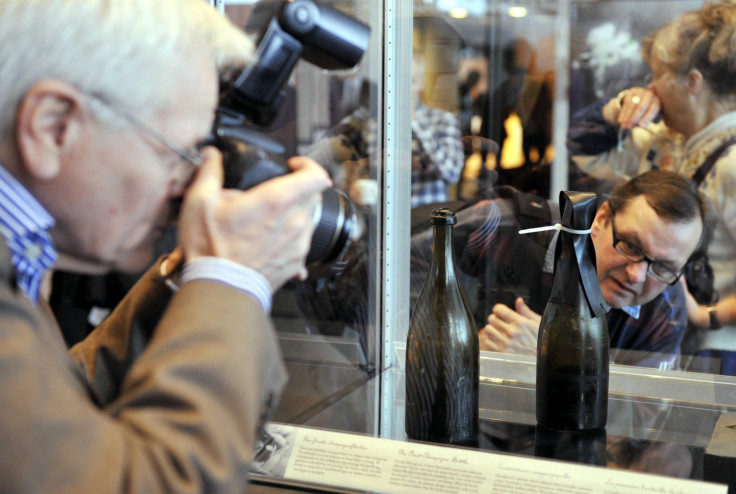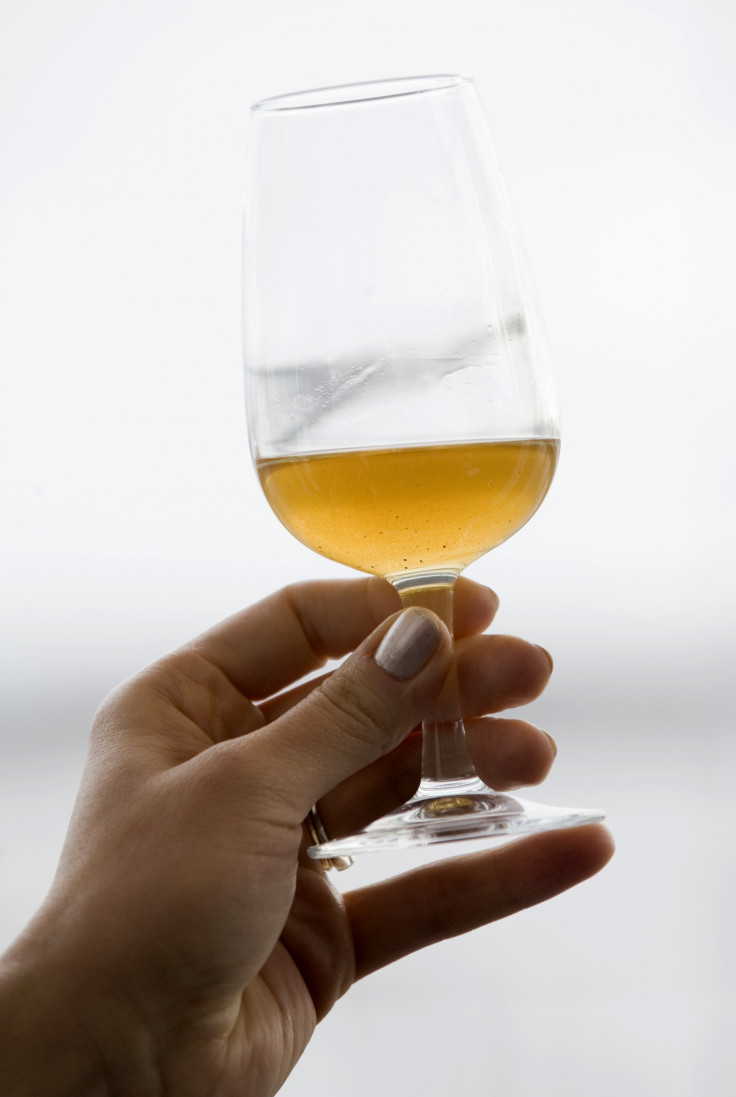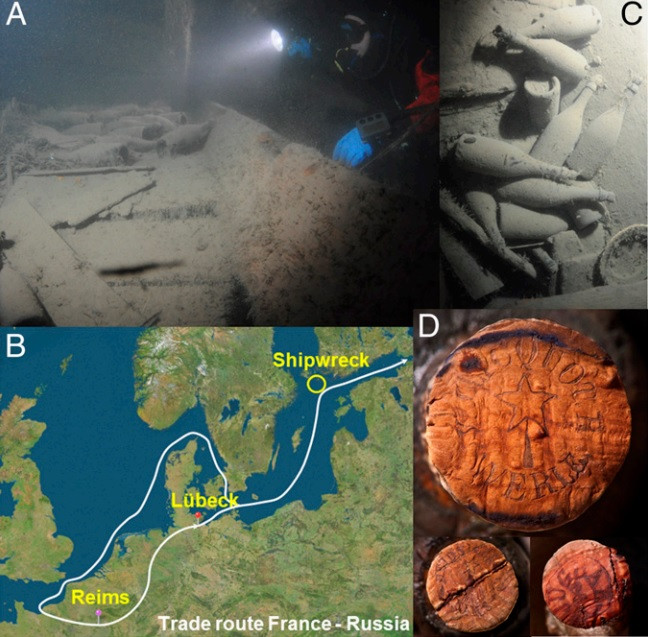Cheesy champagne from Baltic Sea shipwreck 170 years ago is perfectly preserved

Champagne found in a shipwreck in the Baltic Sea has been almost perfectly preserved over the last 170 years, scientists have said.
Divers discovered 168 bottles of champagne in 2010 off the coast of Finland. The local government then sold a few bottles to Veuve Clicquot, which doled out a small amount to scientists to study.
Published in the Proceedings for the National Academy of Sciences, the sample has now been analysed by researchers from the University of Reims Champagne-Ardenne, providing an insight into the 19<sup>th century winemaking practices.
Lead author Philippe Jeandet used analytical techniques to work out the champagne properties and try to work out where it was heading when it sank to the bottom of the sea.
He told IBTimes UK that he was given a small amount of the wine to test. At first, the aroma was described as being fairly unpleasant, with authors reporting it smelled like wet hair, cheesy and with animal notes.

"It was not very pleasant. According to the chemical analysis we were able to address all the aromas to chemical compounds," he said.
Researchers said the smelly wine was to be expected from being sheltered away from any oxygen source for such a long time. However, once the champagne was left to oxidise, it became far more palatable.
"Upon swirling the wine in the glass to oxygenate it, the aroma became far more pleasant, with the main aromas described as empyreumatic, grilled, spicy, smoky and leathery, together with fruity and floral notes," they wrote.
While the winemaking process was found to be largely the same, the authors found they were producing the champagne in wooden barrels. In terms of where it was going when it sank, the researchers say it was on a plausible trade route to Russia, but because of the amounts of sugar they think it is more likely to bottles were due to be sold at German markets.
The biggest surprise, Jeandet said, was the level of preservation. The conditions – being at a constant temperature between 2C and 4C and in darkness, helped the champagne.

He said: "The wine had been at the bottom of the sea for almost 200 years, yet they were unexpectedly well preserved. If we compare the chemical composition of that wine to modern wines we found the same chemical characteristics – that's why we say this champagne retains its characteristics or features of champagne, especially in terms of acid, sugar, alcohol.
"They were very close to the champagne we have analysed that has been made recently. It was amazing to observe this wine has kept very well preserved during 170 years that they have been in the sea.
"We also noticed we didn't have evidence of any bacterial spoilage of the wine... The wine at the time was very safe for consumers. This was an unexpected result."
The authors concluded: "After 170 years of deep sea ageing in close-to-perfect conditions, these sleeping champagne bottles awoke to tell us a chapter of the story of winemaking and to reveal their extraordinary archaeo metabolome and elemental diversity in the form of chemical signatures related to each individual step of champagne production."
© Copyright IBTimes 2025. All rights reserved.






















